The Bonaberi – Bikoko stretch of road, a key artery in the Douala IV municipality, has become a sprawling construction site. Heavy machinery, drainage works, and resurfacing efforts are currently underway as rehabilitation advances on the deteriorated National Highway No. 3, specifically the stretch from Rial Bonaberi to Bikoko, which links to National Highway No. 5.
For many, this is more than just roadwork. It is the renewal of an economic lifeline that connects the Littoral Region to Southwest and West regions and channels goods directly to the Port of Douala, Cameroon’s busiest maritime gateway.
An Economic Artery
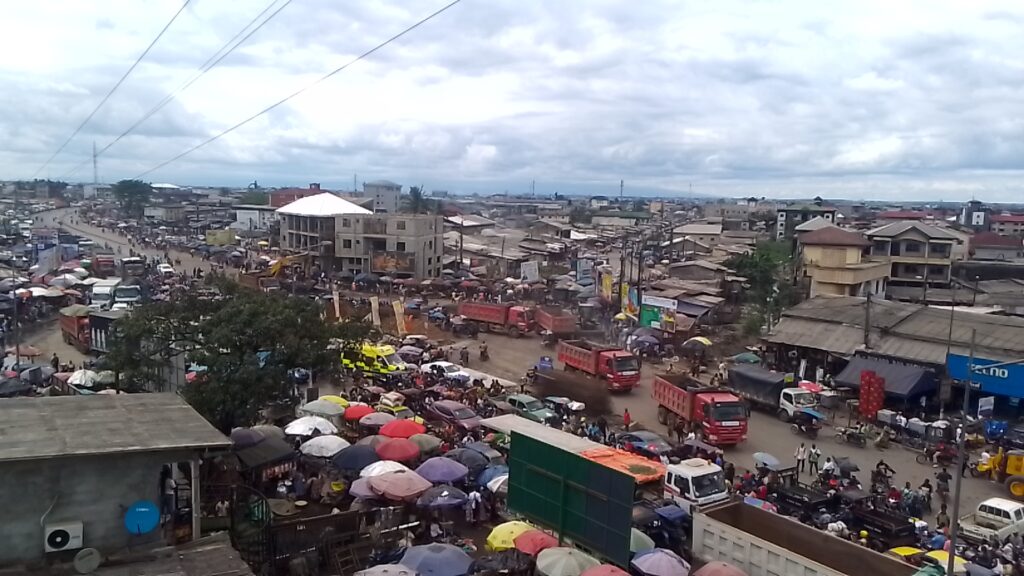
The Bonaberi- Bikoko axis is not simply a stretch of tarmac. It is a vital gateway for regional trade and commerce. Trucks ferrying cocoa, timber, and agricultural produce from the Southwest traverse this corridor daily, bound for factories, warehouses, and shipping docks. Traders from the West and Northwest regions rely on it to access markets, while importers and exporters view it as their direct line to international business through the port.
Years of neglect, however, turned sections of the road into hazards. Around the Rial Bonaberi market, potholes, clogged drainage, and stagnant water slowed traffic to a crawl, disrupted trade, and caused road surfaces to crumble.
Now, bulldozers and construction crews are changing the face of the market roundabout, only weeks after the completion of works on the Carivour Musiq stretch. The rehabilitation, residents hope, will finally provide lasting relief.
Scope of the Works
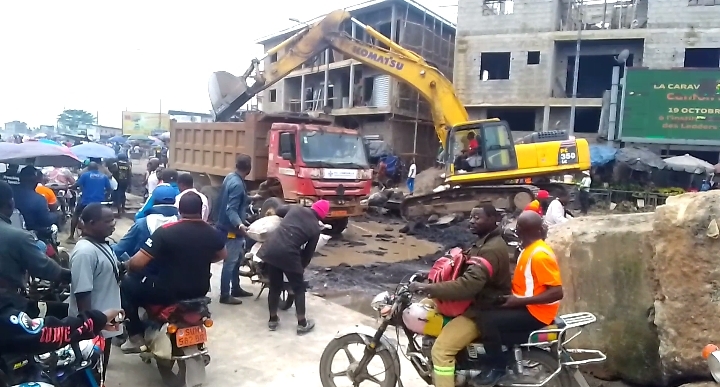
At the Rial Bonaberi roundabout, traders emphasize that drainage should be first priority. A a trader noted: “Water will not stand here if they build proper gutters. Once the drains are open, traffic will move more smoothly, and businesses will no longer be disturbed by stagnant water.”
Residents React: Relief and Skepticism
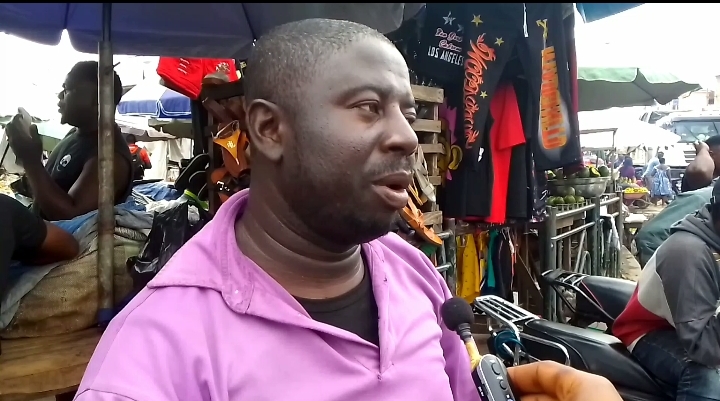
Not all inhabitants are convinced. While many welcome the long-awaited works, others view the timing with suspicion. With the rainy season tapering off and elections drawing near, some speculate that the rehabilitation is politically motivated.
“I don’t say, I don’t try. I just move,” one bike rider told our reporter, voicing support for action over endless debate. He admitted, however, that traffic headaches are inevitable: “We want traffic to reduce so that our work condition can also improved.”
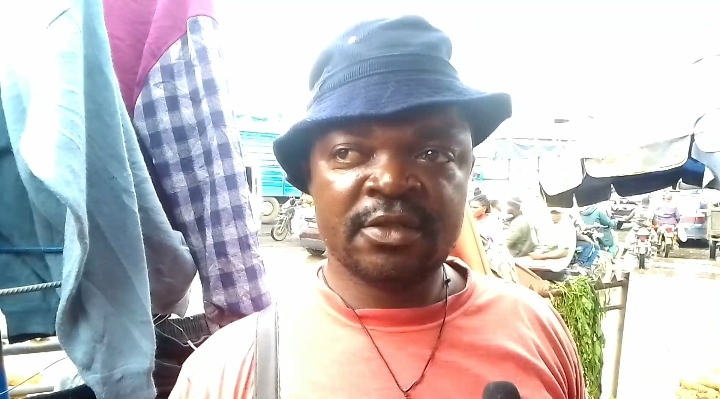
Concerns about construction quality also linger. Residents point to uneven finishing at road joints plus hurried work that could compromise durability.
Water remains another central issue. A trader at the Rial market remarked: “If gutters are dug well, water will pass. If not, it will block, stand for months, and spoil the road again. That is what we don’t want repeated.”
The Stakes: More Than Asphalt
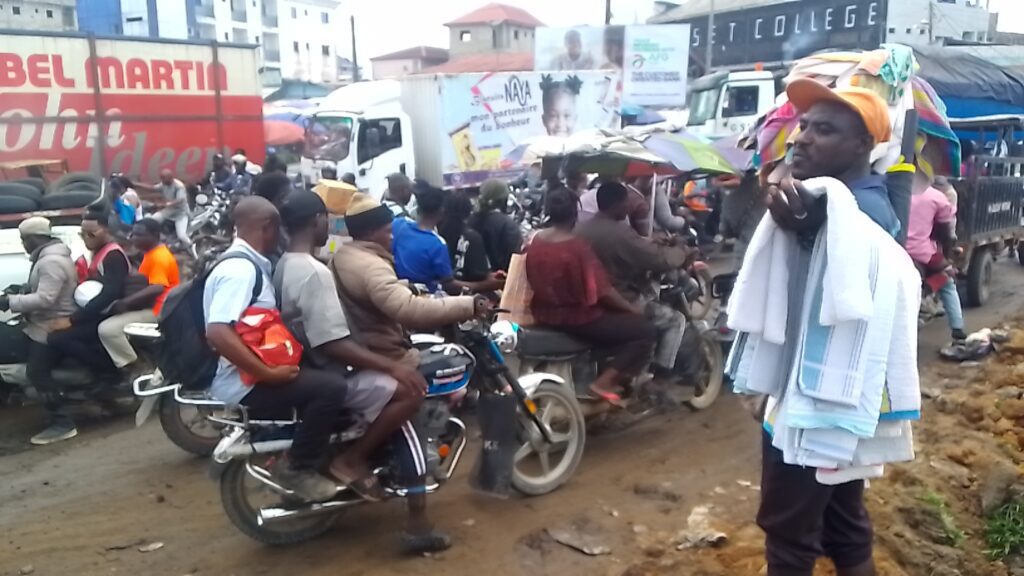
The stakes are high. A successful rehabilitation promises:
* Improved road safety, reducing accidents caused by potholes and flooding.
* Shorter travel times between the Southwest, Littoral, West and Northwest regions.
* Boosted trade and transport, easing the flow of goods to and from Douala’s port.
* Revitalized markets, especially around Rial, where commerce depends heavily on road access.
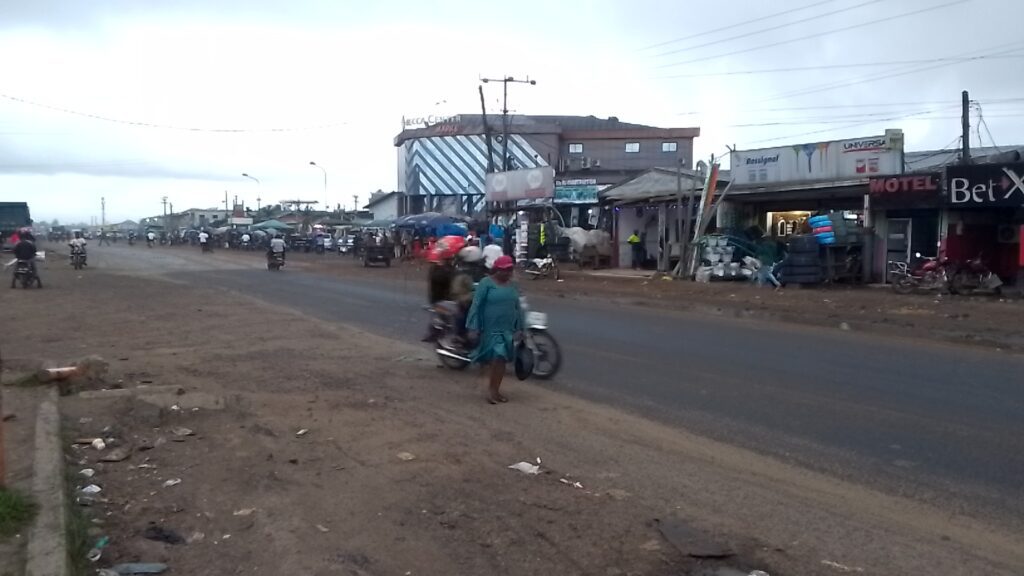
The government argues that investing in road infrastructure is essential for long-term growth. Proper drainage and reinforcement, they say, will minimize future damage and ensure sustainability.
A Road Forward
The rehabilitation of the Douala-Bonaberi road symbolizes both progress and contention. On the one hand, it responds to decades of public frustration, promising economic relief and improved transport. On the other, its timing fuels doubts, with many questioning whether it is infrastructure or political strategy driving the works.
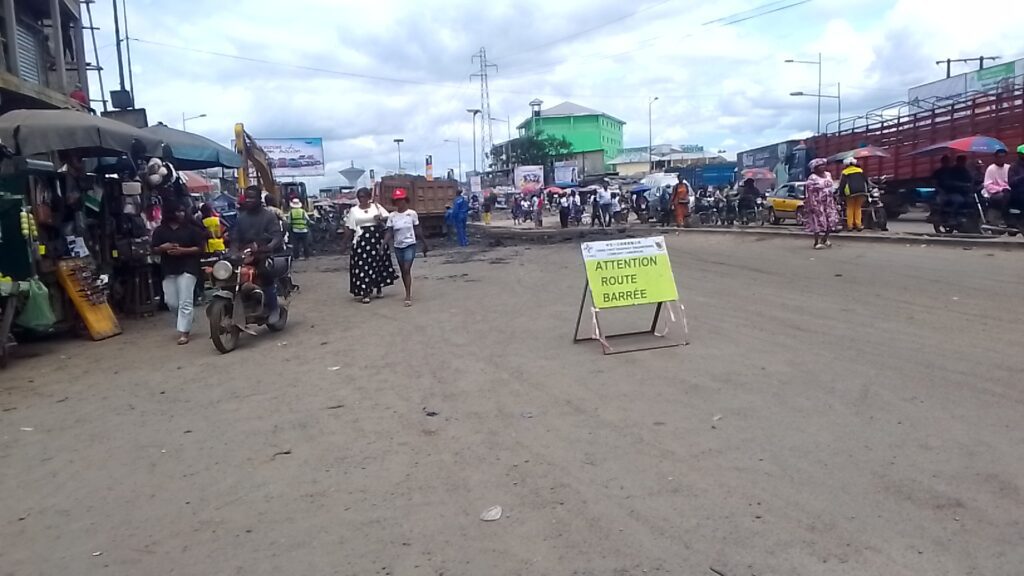
Regardless of these debates, one truth remains: this road is a lifeline. Its condition affects trade, livelihoods, and the daily commute of thousands. For the people of Bonaberi and beyond, the hope is simple—that this time, the repairs will last.
